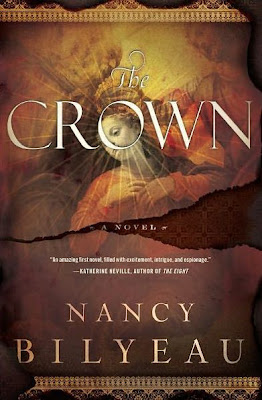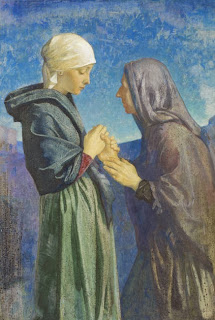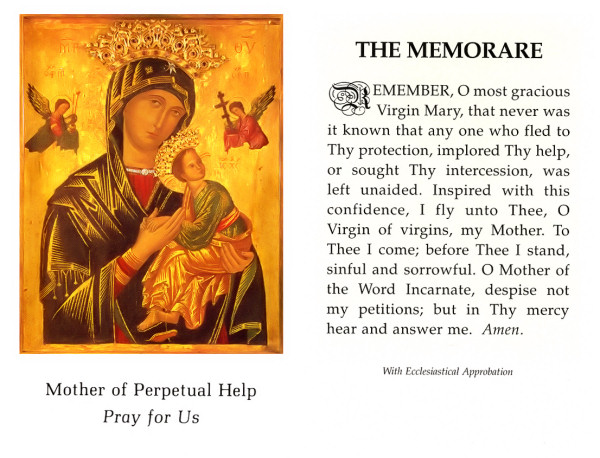The Crown
Nancy Bilyeau's debut novel The Crown
takes readers on an odyssey through the England of Henry VIII during
the bloody period of the dissolution of the monasteries as seen from the
point of view of a young Dominican novice. There are many aspects of
this extraordinary novel that contemporary Catholics will find that they
can relate to, namely the confusion in the Church and the compromises
of many of her members to political persecution and social expediency,
as well as the heroic stand taken by those with the courage to speak
truth to power. In Tudor England, speaking truth to power, or even
silently trying to follow one's conscience, often meant dying a hideous
death. Young Joanna Stafford finds that in those intense times there is
no such thing as spiritual mediocrity; either she must take the high
road or face perdition. Joanna is not one to settle for less than
heroism anyway, having entered a strict Dominican monastery where she
looked forward to an austere life of poverty, chastity and obedience.
When she leaves the monastery without permission to help a relative who
is condemned to death for championing the Catholic faith, she sets off a
chain of events which lead her on a spiritual journey into the heart of
the mysteries of faith, of sacrifice, and of royal power.
The title of the book signifies a mysterious relic, the crown of a holy Saxon king, which Joanna is commissioned by the wily Bishop Gardiner to find for purposes of his own. Joanna knows that not finding the crown could mean the torture and execution of her father, who already languishes in the Tower of London.Yet, along with the elusive and tangible crown, there are many other awe-inspiring crowns in the novel, the crown of martyrdom, the crown of virginity, the crown of Our Lady, the blood-splattered Tudor crown, the pagan crown of ancient monuments at Stonehenge, the crown of the foundations of a lost monastery and the Crown of Thorns. Even as the symbolism of the crown is repeated throughout the novel, so Joanna finds her vocation tested as she learns to overcome her worst fears. It is a story in which spiritual victory comes as the fruit of earthly defeat.
One plot element in The Crown involves a series of famous tapestries which hold clues to solving several puzzling scenarios. Even as the tapestries are woven by the nuns at Dartford Priory, the author has woven her story so that many clues hidden in the narrative, which make the novel a mystery and a thriller as well as an intriguing work of historical fiction, containing many details of monastic existence and of the struggles of the poor in the sixteenth century. It is refreshing to see the Reformation from a Catholic point of view, one reminiscent of Robert Hugh Benson. I came away from the book marveling at how God's plan is like a vast tapestry of which we only see a tiny portion and yet every thread has a distinct purpose. Through her stumbles and falls, Joanna is confronted with her own weakness yet she rises with new strength, gaining insights which help her to see beyond the surface of things.
Here is my interview with the author Nancy Bilyeau.
(*NOTE: The Crown was sent to me by the publisher in exchange for my honest opinion.)
The title of the book signifies a mysterious relic, the crown of a holy Saxon king, which Joanna is commissioned by the wily Bishop Gardiner to find for purposes of his own. Joanna knows that not finding the crown could mean the torture and execution of her father, who already languishes in the Tower of London.Yet, along with the elusive and tangible crown, there are many other awe-inspiring crowns in the novel, the crown of martyrdom, the crown of virginity, the crown of Our Lady, the blood-splattered Tudor crown, the pagan crown of ancient monuments at Stonehenge, the crown of the foundations of a lost monastery and the Crown of Thorns. Even as the symbolism of the crown is repeated throughout the novel, so Joanna finds her vocation tested as she learns to overcome her worst fears. It is a story in which spiritual victory comes as the fruit of earthly defeat.
One plot element in The Crown involves a series of famous tapestries which hold clues to solving several puzzling scenarios. Even as the tapestries are woven by the nuns at Dartford Priory, the author has woven her story so that many clues hidden in the narrative, which make the novel a mystery and a thriller as well as an intriguing work of historical fiction, containing many details of monastic existence and of the struggles of the poor in the sixteenth century. It is refreshing to see the Reformation from a Catholic point of view, one reminiscent of Robert Hugh Benson. I came away from the book marveling at how God's plan is like a vast tapestry of which we only see a tiny portion and yet every thread has a distinct purpose. Through her stumbles and falls, Joanna is confronted with her own weakness yet she rises with new strength, gaining insights which help her to see beyond the surface of things.
Here is my interview with the author Nancy Bilyeau.
(*NOTE: The Crown was sent to me by the publisher in exchange for my honest opinion.)




Comments
Post a Comment